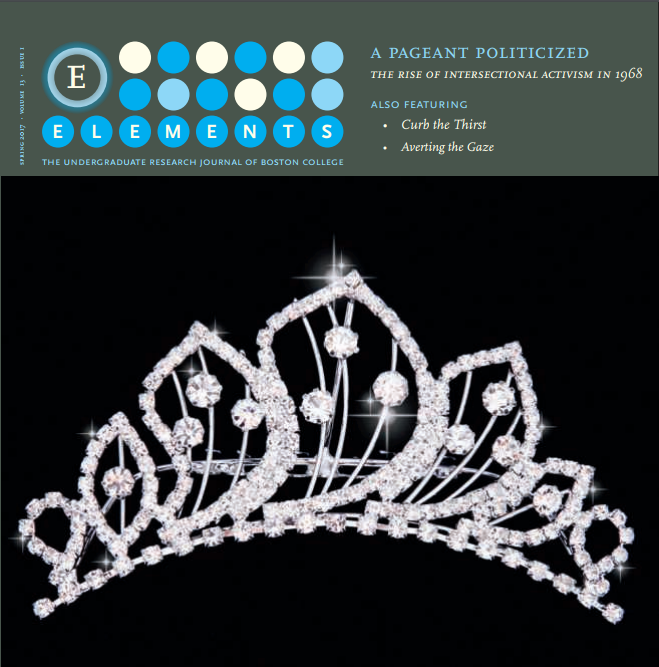Rethinking Images of Disability through Laura Swanson’s “Anti-Self-Portrait”
DOI:
https://doi.org/10.6017/eurj.v13i1.9623Keywords:
feminist disability studies, photography, gender, representationAbstract
This article aims to explore visual artist Laura Swanson's "anti self-portrait" as a response to the visual rhetorics of popular photography that founding disability studies scholar Rosemarie Garland-Thomson defines in her essay “The Politics of Staring: Visual Rhetorics of Disability in Popular Photography”. In responding to these visual rhetorics in her “anti-self-portrait” called Peggy Lee, Swanson resists a traditional reading of a disabled body and reclaims her identity through self-representation.
Downloads
Published
2017-09-07
How to Cite
Barnhardt, C. (2017). Rethinking Images of Disability through Laura Swanson’s “Anti-Self-Portrait”. Elements, 13(1). https://doi.org/10.6017/eurj.v13i1.9623
Issue
Section
Articles
License
Copyright (c) 2017 Carly Barnhardt

This work is licensed under a Creative Commons Attribution 4.0 International License.

